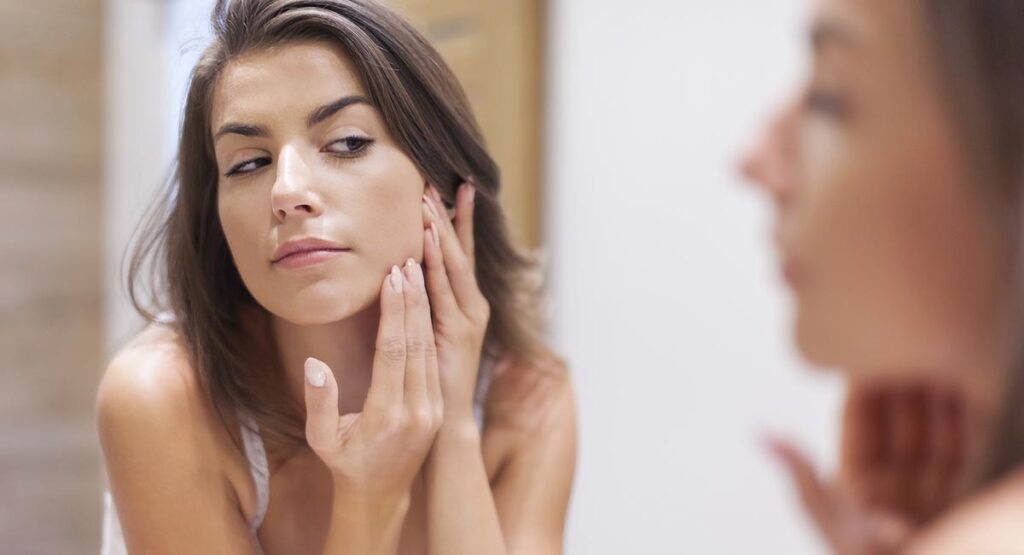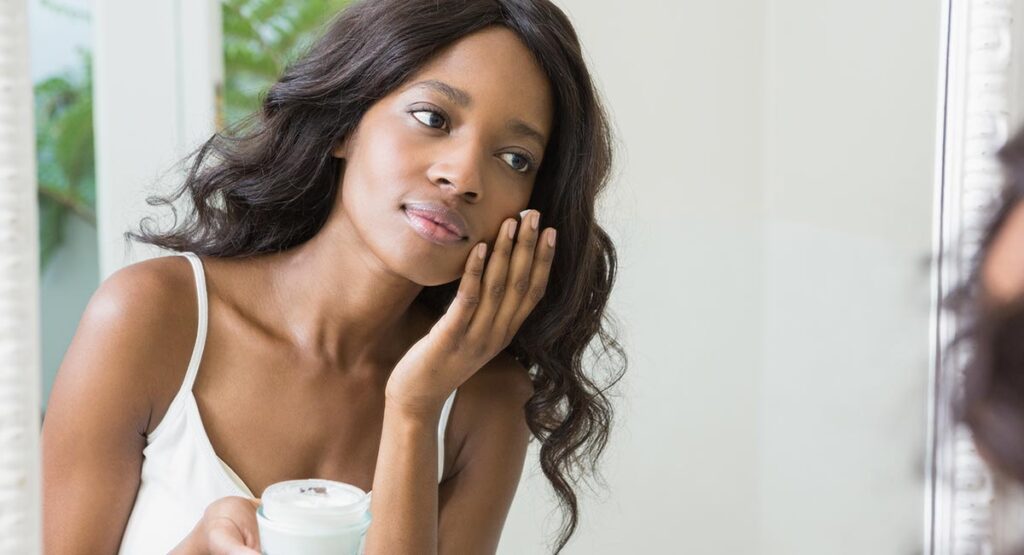Face masks have become a staple item in our daily lives. For many of us, however, something else became a common occurrence; maskne. Maskne is a clever combination of the words “mask” and “acne”. It also doesn’t refer to just acne. Not only is it the result of heat, humidity, and occlusion (when dirt, oil, dead skin cells and bacteria clog your pores), but also friction. This can leave you with pimples and blackheads, as well as dry, red and irritated skin around your chin, cheeks, nose and mouth area. Keep reading to learn 4 ways to prevent and treat maskne.
Who is most prone to Maskne?
Maskne does not discriminate and it can happen to anyone regardless of age, ethnicity, skin type or gender. However, People with oily to combination skin and pre-existing skin conditions such as perioral dermatitis and rosacea are more prone to acne and flare-ups.
How do you prevent and treat Maskne?
1. Choose the Right Face Mask
Firstly, it is important to choose a face mask that is light, breathable, and fits your face properly. Choosing one made out of cotton will be softer against the skin. A face mask that is too loose or too tight may lead to friction that causes skin irritation.
2. Wash your Face Mask
Ensure you are putting clean material that is free of bacteria against your face by washing your face masks regularly. This means washing them after every single use. As well, using an unscented detergent can help, as fragrance may be an irritant to sensitive skin. Read our blog on 3 Ways to Care for Your Face Mask for tips on washing, drying and storing it.
3. Cleanse your Skin
If you do experience red, irritated skin, or bumps on the chin, cheek, nose and mouth area, be sure to visit a dermatologist. Once they diagnose what it is, you can effectively treat it with the correct skin care products. To start off your skin care routine, ensure your face is properly cleansed every day with the right cleanser. You can choose a cleanser that is anti-bacterial or contains salicylic acid for more acne-proned skin. If it is red and irritated skin you are dealing with, opt for one with soothing ingredients. Cleansing oils are a great option, as they don’t strip the skin of its natural moisture barrier.
4. Use the Right Skin Care
Once cleansed, use light layers of light-weight, water-based serums and moisturizers. If you’re treating pimples and blackheads, use products with salicylic or glycolic acid to gently exfoliate the skin. This will help remove dirt, oil and dead skin cells built up and blocking your pores. As well, use toners and lotions that contain antibacterial ingredients to stop the growth of bacteria. If you want to treat red, inflamed and irritated skin, use products with ceramides, as these help maintain skin’s natural moisture barrier. Products with hyaluronic acid are another great option, as they help skin retain moisture.
TIPS: Using a lip scrub can also be effective, as it exfoliates dry lips and can remove the dead skin cell build up around your mouth. Also, try to avoid wearing makeup, but if you must, use only in the areas you want to cover, or opt for makeup with lighter, oil-free formulas. Lastly, carry around blotting sheets with you to help soak up any excess oil on your face thorough the day.





